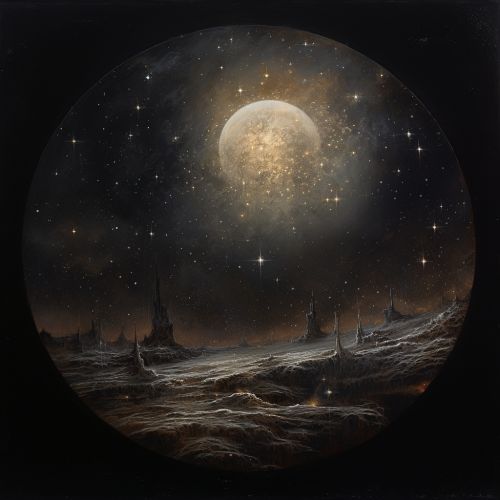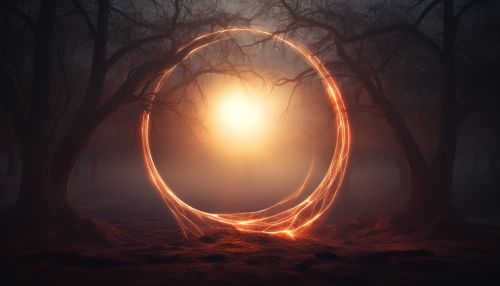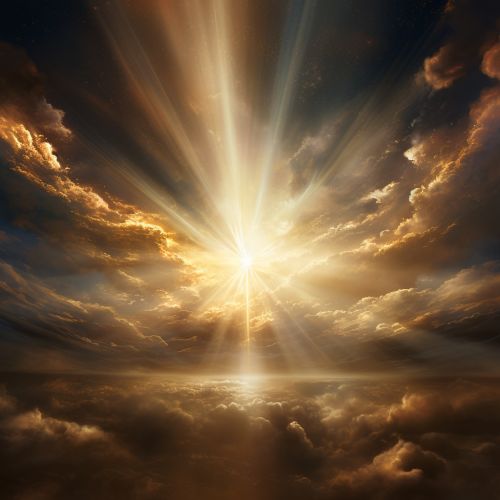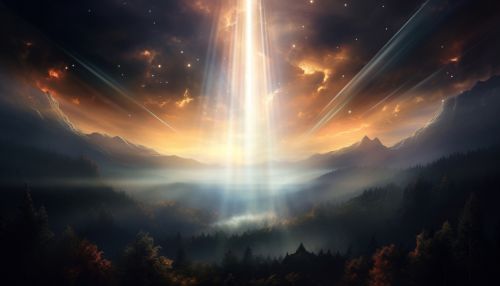The Physics of Neutron Stars
Introduction
Neutron stars are the collapsed cores of massive stars that have undergone supernova explosions. These celestial bodies are among the most extreme and fascinating phenomena in the known universe. They are incredibly dense, with a mass of about 1.4 times that of the sun, yet only about 20 kilometers in diameter. This article delves into the physics of neutron stars, exploring their formation, properties, and the unique physical laws that govern them.


Formation of Neutron Stars
Neutron stars are born from the remnants of massive stars that have exhausted their nuclear fuel. The star's core collapses under its own gravity, triggering a supernova explosion that blasts the outer layers of the star into space. The core, however, is compressed to such an extent that protons and electrons combine to form neutrons, resulting in a neutron star.
Properties of Neutron Stars
Mass and Size
Neutron stars are incredibly dense. Their mass is typically 1.4 times that of the sun, yet they have a diameter of only about 20 kilometers. This means that a sugar-cube-sized amount of neutron-star material would weigh about as much as a mountain on Earth.


Spin and Magnetic Field
Neutron stars spin at incredible speeds, with some rotating hundreds of times per second. This rapid spin is a result of the conservation of angular momentum during the star's collapse. Neutron stars also possess extremely strong magnetic fields, billions of times stronger than Earth's. These magnetic fields can accelerate particles to near light speed, creating intense radiation that we can detect on Earth.
Temperature
Despite their age, neutron stars are incredibly hot, with surface temperatures reaching millions of degrees. This heat is a remnant of the energy released during the star's collapse and subsequent supernova explosion.
Physics of Neutron Stars
Gravitational Effects
The extreme density of neutron stars results in intense gravitational fields. In fact, the gravitational force at the surface of a neutron star is about 2x10^11 times stronger than Earth's gravity. This strong gravity bends light around the star, creating a phenomenon known as gravitational lensing.


Quantum Effects
The physics of neutron stars is also governed by quantum mechanics. The Pauli exclusion principle, which states that no two fermions can occupy the same quantum state, plays a crucial role in supporting the star against further collapse. This is known as neutron degeneracy pressure.
Relativistic Effects
Due to their extreme gravity, neutron stars are also laboratories for testing Einstein's theory of general relativity. Time dilation, a consequence of this theory, means that time passes slower near the surface of a neutron star compared to further away.
Observing Neutron Stars
Neutron stars are detected primarily through their radio emissions, which are emitted in beams from the star's magnetic poles. These beams sweep across the sky like a lighthouse as the star spins, creating a pulsing signal that led to the initial discovery of neutron stars as pulsars.


Conclusion
Neutron stars offer a unique window into a range of extreme physical phenomena. Their study not only enhances our understanding of the universe but also challenges and refines our theories of physics.
